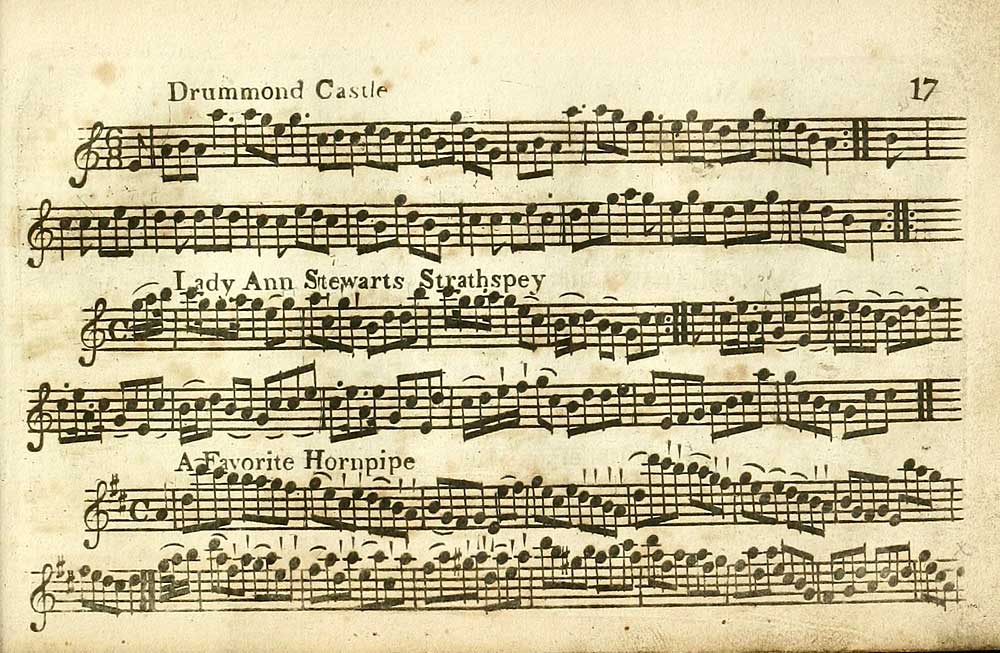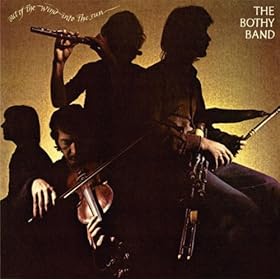Some new traditional tunes
As we go into the final weeks of the summer term, both group classes are working towards putting sets of jigs together, one Irish, the other Scottish. In addition, we tried our hands at a Swedish tune.
A Swedish Engelska
Portobello friends and neighbours Fun Fiddle have developed and shared their reportoire over a number of years, with some very fine arrangements and we have on occasion joined them for performances. Sweden has a very strong fiddle tradition and the Fun Fiddle 3-part arrangement (PDF link) of Engelska Från Småland presented a chance to try music from another tradition.
An Engelska is an English-style contradance popular in Sweden since the late 19thC. This one is from Småland in southern Sweden and here’s one of a few Youtube renditions of it, complete with flutes:
Henrik Norbeck is a Swedish wooden flute player who has an extensive high-quality resource of Irish tunes in ABC notation. He has also written an essay on Swedish traditional music and another on the flute within it. All are highly recommended.
The nyckelharpa is a type of Swedish fiddle and in Edinburgh, fiddler Gavin Pennycook has explored using it in the Celtic Nyckelharpa Project.
Update: I originally said that this is also a “walking tune”, but I was getting it confused with another tune, so have removed that comment.
A set of Irish jigs
Over the next few weeks the Slow and Steady Group will be putting together some Irish jigs into a set. Music notation for this will be up presently, the first two of these are now available to listen to, The Killaloe Boat (The Lilting Banshee) and The Mug of Brown Ale. We will conclude with Dónal na Gréine (The Leg of the Duck), which I will add in due course.
A set of Scottish jigs
Meanwhile, the Improvers and Beyond class are also doing a set of jigs, these ones from Scotland. The House of Gray has already been blogged and this week we added Drummond Castle. First published in 1734 in the Drummond Castle Manuscript, a version of it also appears in Anderson’s Budget of tunes for the German Flute or Violin of 1820, which Aberdeen flute teacher Kenny Hadden drew my attention to. I’ll be posting up my version of it, but here it is in PDF facsimile from the National Library of Scotland website:

Page 17 of Anderson’s budget of strathspeys, reels & country dances, published by the National Library of Scotland under a Creative Commons Licence.
Incidentally, the “German flute” in question is the transverse wooden flute that we know today, described so in order to distinguish it from end-blown flutes or recorders (flûte à bec in French, Blockflöte in German). For more information on the history of the flute, see Rick Wilson’s Old Flutes site.
We’ll conclude the set with GS McLellan’s The Jig of Slurs. Composed as a challenging pipe jig it concludes the set with a strong, interesting and well-known major key tune. A setting of it is given at Tune Archive, as is some discussion of its background.
The final two parts of that tune have had words put to them by Andy Hunter and I first heard Christine Kydd and Janet Russell sing this in 1990. A version sung by Lizzie Higgins, who knew Andy Hunter can be heard on the Tobar an Dualchais / Kist o Riches web site.
Top image: by Thereshedances, some rights reserved.





 The second of two 12/8 slides the Slow and Steady group are learning, The Priest is in G and sits nicely on flutes and whistles allowing some distinctive punchy phrases to pop through.
The second of two 12/8 slides the Slow and Steady group are learning, The Priest is in G and sits nicely on flutes and whistles allowing some distinctive punchy phrases to pop through. Like many, I originally learned this from a recording by The Bothy Band, who play this at the start of a set on
Like many, I originally learned this from a recording by The Bothy Band, who play this at the start of a set on